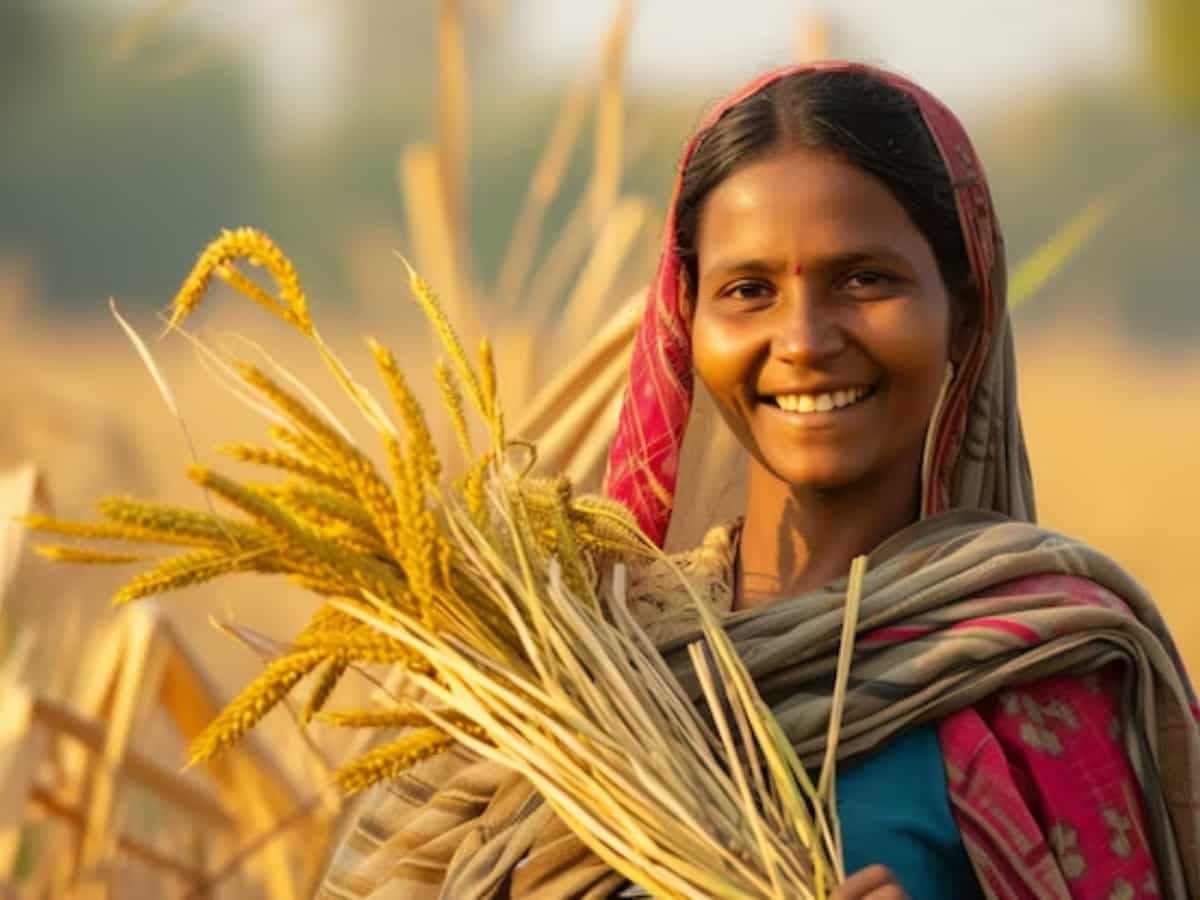BC Sakhi Yojana: The Uttar Pradesh government’s BC Sakhi Yojana is redefining financial inclusion and women empowerment in rural India. Launched in May 2020, the scheme has trained 50,192 women as banking correspondents (BC Sakhis), with 39,561 of them currently active across villages. These BC Sakhis have facilitated transactions worth Rs 31,626 crore so far and have collectively earned Rs 85.81 crore in dividends.
Doorstep banking brings convenience to villages
With the presence of ‘Banking Correspondents Sakhis,’ the need to travel long distances for basic banking needs has significantly reduced for villagers. These women act as mobile bank representatives, visiting homes in remote areas and offering services such as cash withdrawal, deposit, balance inquiry, and pension disbursal. This has not only saved villagers time and money but also strengthened their trust in formal banking systems.
Eligibility and training for banking correspondent Sakhis
To become a BC Sakhi, a woman must have passed at least Class 10 and be computer literate. The state government, in collaboration with financial partners like Bank of Baroda, UCO Bank, and UPCON, provides comprehensive training. Certification is handled by the Indian Institute of Banking and Finance (IIBF) through the Rural Self Employment Training Institutes (RSETIs), ensuring that BC Sakhis are professionally equipped to handle financial transactions securely.
Women taking Charge of rural banking
The scheme is not only about banking—it is also a movement toward self-reliant womanhood. Women who were previously limited to household roles are now earning a regular income and playing a key part in the state’s financial ecosystem. Their presence as BC Sakhis is also helping build digital and financial literacy in remote areas.
A step towards self-reliant villages
The BC Sakhi Yojana is a significant milestone in the journey toward self-reliant villages. By addressing both employment and accessibility, the scheme has proven to be a dual-benefit initiative—empowering women and improving rural banking infrastructure. It stands as a model for inclusive development and a powerful example of how policy can create ground-level impact.

